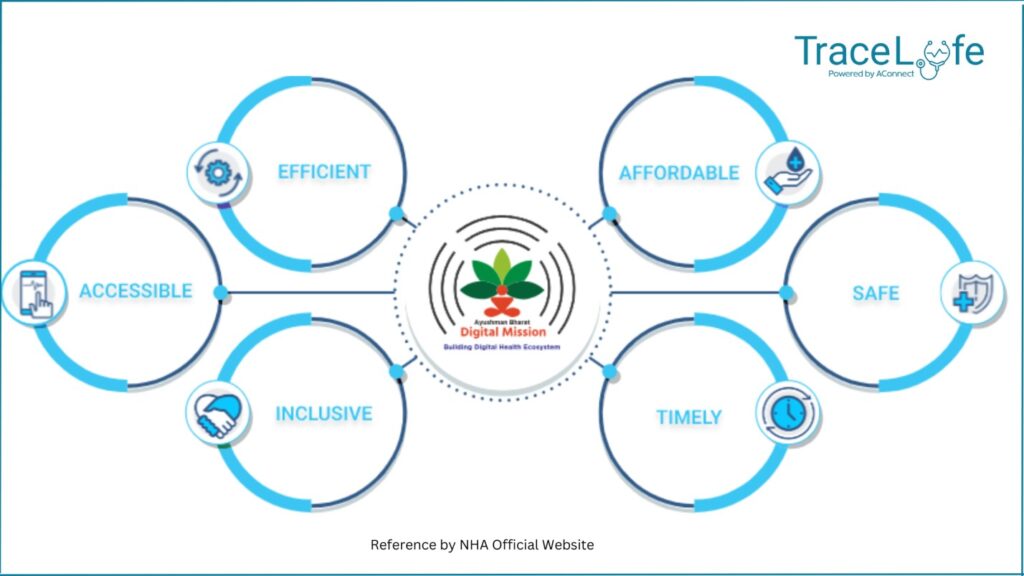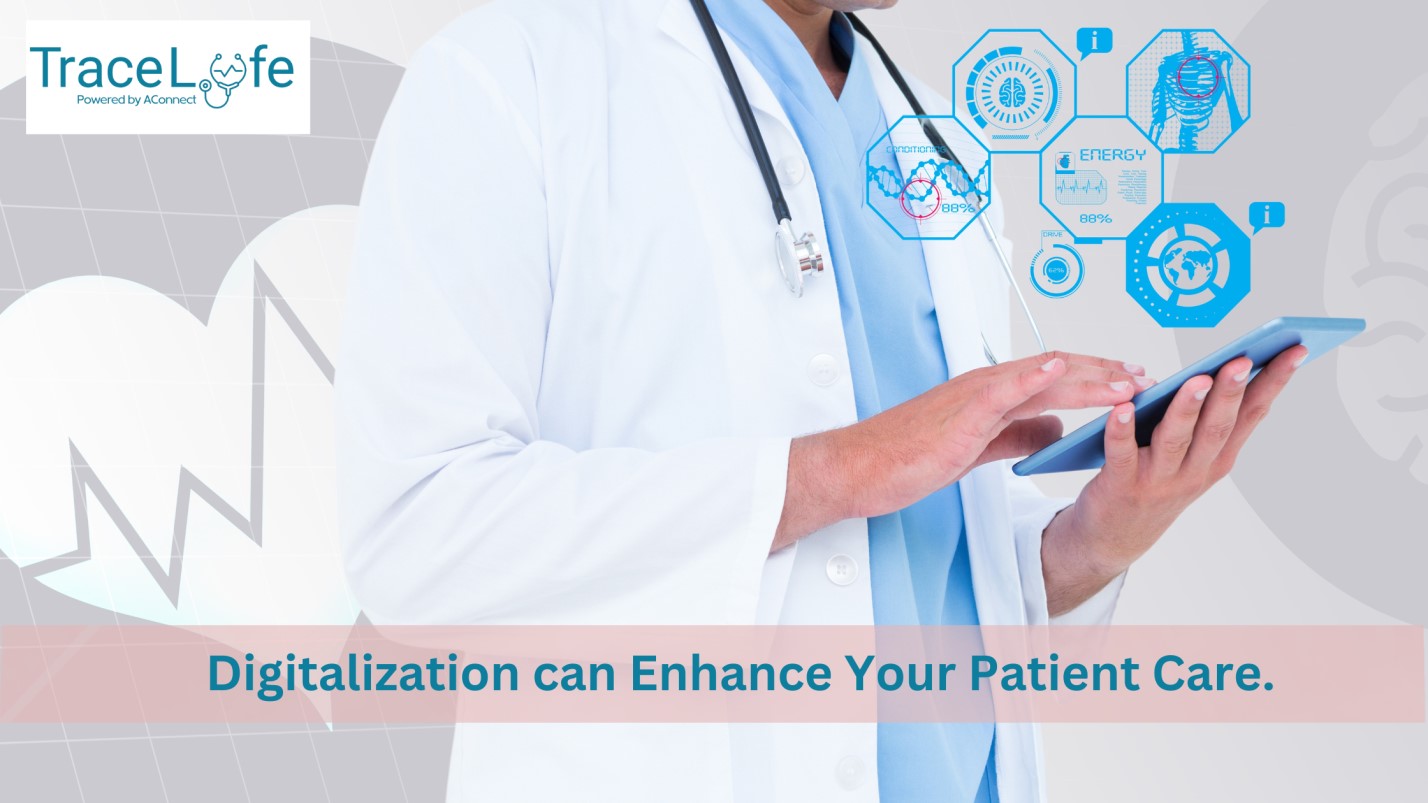The Ayushman Bharat Digital Mission (ABDM), formerly known as the National Digital Health Mission (NDHM), is working on bringing interoperability for digital health data in India. National Health Authority (NHA) will manage the ABDM foundational digital building blocks that all healthcare providers/hospitals/private clinics should adopt in the country. ABDM integration not just helps to make their clinical decisions better but also helps outgrow their patients. Any healthcare provider creating health data (diagnostic reports, discharge summaries, prescriptions, etc.) on digital channels can participate in ABDM. It enables them to share these records with their patients and fetch them again whenever required with the patient’s consent.

So, healthcare facilities can avail of ABDM benefits by upgrading hospital/lab information management systems or electronic medical record software to convert it to ABDM Compliance.
For that, the software must integrate with the digital building blocks of ABDM and comply with all necessary guidelines or ABDM certification.
The next step would be to check with any registered ABDM Partners (like Racloop) or in-house software teams and ensure to make or adopt ABDM-compliant software.
While getting ABDM Compliant HMIS for your hospital, Private clinics and small health facilities, you can outgrow your patient base because:
- It allows doctors to generate and fetch Ayushman Bharat Health Accounts for patients.
- It helps to manage calendars, appointments, and patient details in a single window.
- It facilitates viewing patients’ previous health records and prescriptions and takes video consultations.
- It generates and shares digital standardized prescriptions with options to modify the prescription layout.
- It enhances the patient experience. Right from the admission procedure (OPD/IPD) to discharge, it minimizes the time gaps to a great extent.
- It gives a gateway to add new features from a long reputation cycle.
- Feel the speed of innovation and stay ahead of your competitors with faster innovations.
- It helps to react instantly to any future emergency arrived.
- It is simple & easy to use. Any stakeholder can start using ABDM-Compliant HMIS with minimal training.
- It helps get your data in place with a single data lake and be AI-ready.
- It protects your data in a digital environment.
- You get listed as a government-verified HMIS user.
- ABDM integration signifies how the public and private sectors can come together and collaborate to strengthen a digital health ecosystem for the country.
- Healthcare facilities can increase the credibility of their services with ABDM certification.
- The patient health record is digitally available for all healthcare providers. It helps to improve the patient experience by fast decision-making for their health.
Switch to ABDM Compliant HMIS now, if not yet, to enhance your healthcare services and outgrow your patient’s trust. It is for the betterment of citizens as well as healthcare providers. Still, the government has not made it mandatory for all, including citizens.

Participation in a healthcare facility is also voluntary, and respective management can take the decision. However, once the authorities decide to register for healthcare facility/institution in ABDM, it is essential for all the healthcare professionals serving the said facility/institution to register in Healthcare Professionals Registry so that the institution can become fully integrated with the National Digital Health Ecosystem (NDHE).
A healthcare professional can be a part of two facilities/hospitals, one of which may be a part of NDHE, and the other one may not be a part of NDHE. In such a case, the healthcare professional needs to use their Healthcare Professional ID (HPID) only in the institution participating in the ABDM ecosystem. Has your healthcare system done with ABDM integration?

